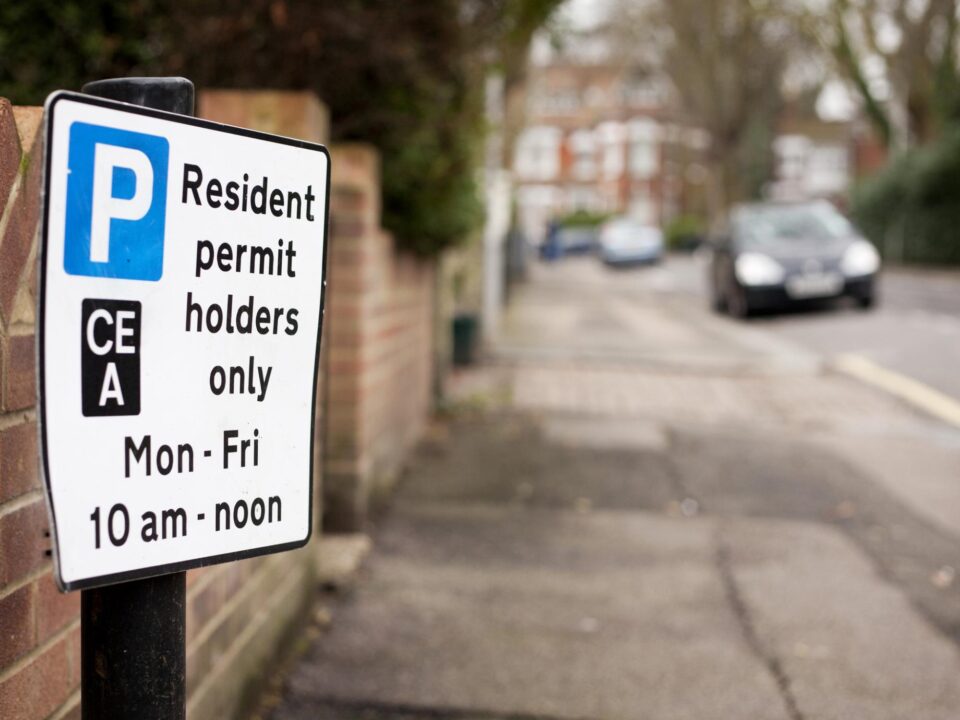Sticky solution solves cycling woes

It’s estimated there are around 20 million cycles in the UK. The UK is joint ninth in the world for cycle ownership, sharing the honour with France.
Sadly, it’s also estimated that about 15 million bikes are abandoned worldwide each year – of a total estimated ownership of 1 billion (CyclingUK.org) – an abandonment rate of (1.5%). Numbers for the UK are hard to come by but using the same abandonment rate suggests a figure for the UK of 225,000 bikes abandoned every year.
Strathclyde University goes further citing a figure of 500,000 bikes abandoned every year. Jem Stein – of Bike Project in Hackney – is quoted in Red Magazine as saying “Every year in London there are 27,000 bikes abandoned”. The figure is supported by separate research commissioned by Transport for London. Colchester charity Re-Cycle has donated around 40,000 cycles to Africa, collected from around the UK.
Suffice to contend that the scale of bike abandonment in the UK is very significant. The consequences are reflected in risks to the public, costs of managing abandoned bikes and the environmental damage. Public bodies have a legal duty to remove bikes under a range of circumstances that include when they are a danger to the public or even have been observed as not moving for a reasonable period of time.
One of the challenges of handling abandoned cycles is identifying those genuinely abandoned. The other challenge is giving owners sufficient notice that their bike is in danger of being removed. This will allow the owner to ensure the bike is safely parked but also register it correctly within an appropriate scheme.
The problem of abandoned bikes is especially acute in the university and higher education sector. But it is also a marked problem for local authorities, rail operators and other sites that attract large numbers of cycling commutes. With the gropwing popularity of cycling and the drive towards active travel, the problem will only get worse.
Against this background we have developed the Abandoned Cycle Warning Label. The label is completed with the date and time of observation and, from a tick box, the reason why the cycle is at risk of being confiscated. The labels are produced from a weather resistant material and fasten back on themselves around a bikes frame, without adhering to the bike itself.
Developed over several years the warning label has been successfully adopted across a number of university campuses, helping them to gain more control over the abandonment of cycles. The labels encourage owners to park bikes more responsibly, reclaim the bikes by acknowledging ownership and register their bikes with the appropriate site owners scheme. The result is increased safety for other users, reduced administrative cost, reduced cost from cycle collection and disposal, and reduced environmental cost.
Our Abandoned Cycle Warning Labels can be custom printed to suit the particular requirements of your campus or site. They can be numbered to allow traceability and provide all the instructions needed to allow the cycle owner to take action. In use they are cost effective and easily implemented providing a solution to a sizeable problem that is UK wide.



